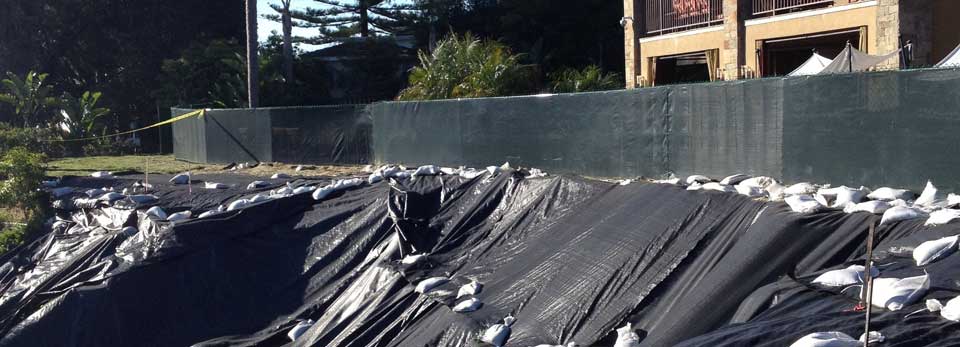Frequently Asked Questions
Below are some helpful facts from what is included in a home inspection to what stage of the planning you should have your soils report prepared.
If you need more information please feel free to give us a call to setup an appointment to discuss your concerns.

Site and Home Evaluations
Buying a home in the seismically active and landslide prone areas of Southern California can be a bit nerve racking. Our company can perform a site/home evaluation that would inform you of any potential geologic hazards that may exist. We typically perform a floor-level survey of the existing residence to give us an idea of how the house is performing, to date. We also review any and all available documents pertaining to the home/site, aerial photographs, and geologic literature. We provide you with a written report presenting our findings, and you are always welcome to gives us a call or come by our office to chat about any questions you may have.
WHY do I need a soils report?
There is an old cartoon of two men dressed like Italians standing next to the Leaning Tower of Pisa and one is quoted as saying "We can save 500 lira if we skip the soils report." Most people don't realize that if the soils that support your foundations are not properly prepared, they can shift or move, which can lead to damage to the entire structure. Damage can range from drywall cracking that requires only patching to major structural damage to the foundations that requires structural modifications and improvements to the structure.
We can also address issues such as groundwater/hydrology, landslides, seismicity, environmental issues and building materials such as concrete and asphalt.
WHEN do I need a soils report?
A soils report is necessary any time you plan to build a new structure, add onto an existing structure, or will be doing any excavating or grading. Most city and county engineering departments require a soils report for all new structures as well as improvements to existing structures including building additions, second story additions and retaining walls. A soils report may also be necessary if you, or your client, own a building that is experiencing distress that cannot be attributed to normal building settlement.
What type of information will be contained in the soils report?
Soils reports are typically prepared in phases. A Preliminary Geotechnical Investigation Report will provide information pertaining to the underlying geotechnical and geologic conditions of the site, and will include items such as: recommendations on whether there are soils on site that require removal; how to properly place and compact fill soils required to create a building pad; the foundation type and minimum size of footings; as well as a number of other geotechnical parameters necessary for the design and construction of the structure. A Final Soils Report will include the results of observation and testing performed on the soils during the construction phase, and is an indication that the soils were properly prepared and compacted and the foundations have been excavated in accordance with the engineer's recommendations.
At what stage of planning do I need to get a soils report?
For new construction, the soils report should be prepared as early in the planning stage as feasible. Many of our clients have prepared plans for submittal to the local engineering department to be plan checked, only to find out that a soils report is needed before the plans can be approved and construction can begin. A soils report can take several weeks to complete, including the field work, laboratory testing, review of documents and preparation of the report.
A building owner who has indications that soil movement may be affecting the structure should also contact the engineer as soon as possible. Monitoring of the structure for signs of on-going movement is a key element in determining the cause of the damage, and an early assessment can result in a repair that may be less intrusive to the structure

